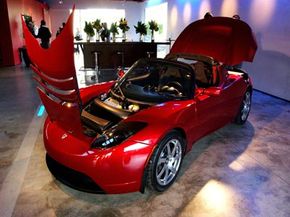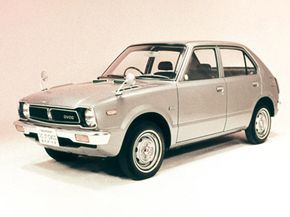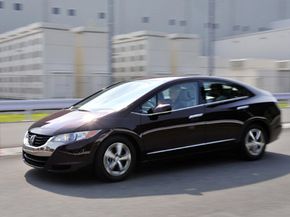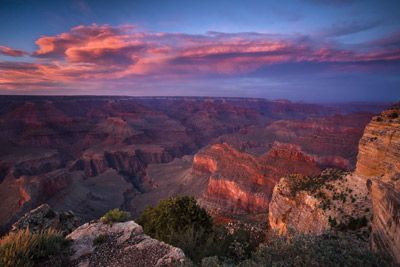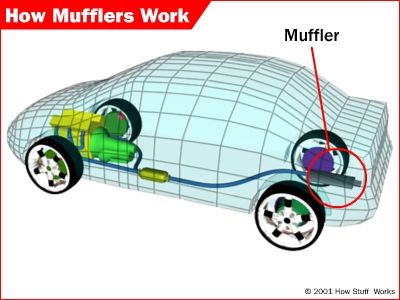Los Angeles is famous for a lot of reasons -- Hollywood, the Lakers, and that thick bowl of smog that seems to permanently hover over the city. But in California, air pollution isn't just limited to L.A.
-- it's a problem everywhere. The state's mountains, high population, long summers, and hot temperatures mean that
Advertisement
historically the state has had
some of the worst air quality in the United States. In fact, According to a recent study by the American
Lung Association, five of the top
10 cities most polluted by long-term particle pollution are in California [source: Martin].
Government officials in California are serious about protecting the public health by reducing air pollution. Due to its high levels of pollution, the state has some of the tightest air quality restrictions on vehicles, ships, factories and consumer products in the United States. California has stricter tailpipe emissions regulations for cars than the federal Environmental Protection Agency does. In fact, until 2008, no automaker built a diesel engine that was clean enough to be sold in the Golden State.
The group that regulates anything having to do with air quality in the state of California is known as the California Air Resources Board (CARB). This 11-member board is comprised of experts in various fields relating to air quality, including automotive, medicine, agriculture and law. The board also includes local elected officials.
The board's stated mission is to "promote and protect public health, welfare and ecological resources through the effective and efficient reduction of air pollutants while recognizing and considering the effects on the economy of the state" [source: California Air Resources Board].
"Back in the '50s and '60s, you couldn't see across the street some days," said Gennet Paauwe, a spokeswoman for the board. "The rest of the U.S. wasn't seeing the kind of problems we had."
In this article, we'll look at what the California Air Resource Board does, how it affects air regulations and what it has meant for the cars you drive every day.
Advertisement


